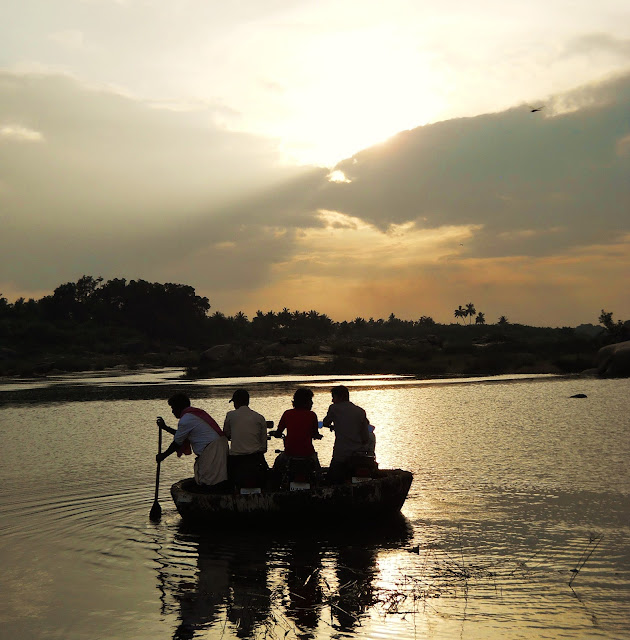A view looking northeast, from one of the first viewpoints along the White Rim Road in Utah's Canyonlands National Park. The river in this picture is the Colorado.
This post is going to cover the the most ambitious park of the trip my family and I took out to Utah last month, namely, the long drive along the White Rim Road, a four wheel drive path that I think ranks up there as maybe the most adventurous thing the Rogers Family has done as a complete unit. Actually, I would say that the drive turned out to be rather more of an adventure than we had been led to expect. Perhaps if one has lived for much of one's life in Utah, and is used to driving four wheel drive roads on a regular basis, the White Rim Road wouldn't seem like all that much of a challenge. However, we're all from Delaware, which, needless to say, is known for its chickens and banks, and not as four-wheel drive destination. Also, we didn't have the right kind of vehicle (we needed something with a higher wheel base) and it was the wrong time of year to be doing what we were doing. In truth, we didn't know it at the time, but driving the road in mid to late July was probably not a good idea at all, even for an experienced four wheel driver, the reason being that, in the southwest you have a monsoon season that usually begins in late June or early July. Though by "Monsoon Season" its only meant that each day there's an increased likelihood of late afternoon thunderstorms (Assam it's not), the area still seems to get a fairly heavy downpour every few days. Due to the fact that there's little ground cover, these thunderstorms can easily create heavy flash floods. During such conditions, travel along the White-Rim Road would be impossible, as the route passes by the mouths of a number of large canyons, out of which, whenever there's any significant rainfall at all, comes hundreds of thousands of gallons of raging, silty, debris-filled water.
















































